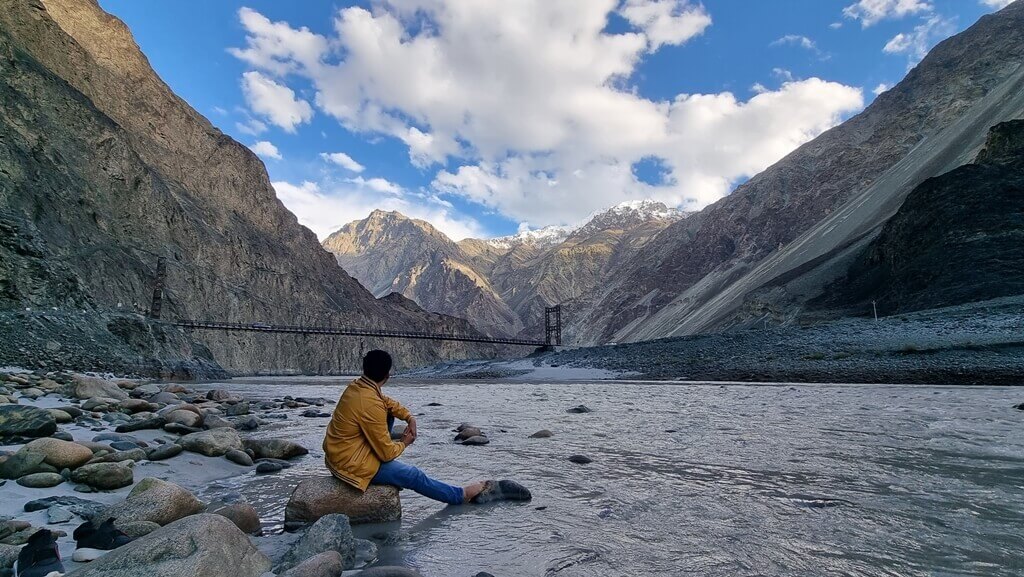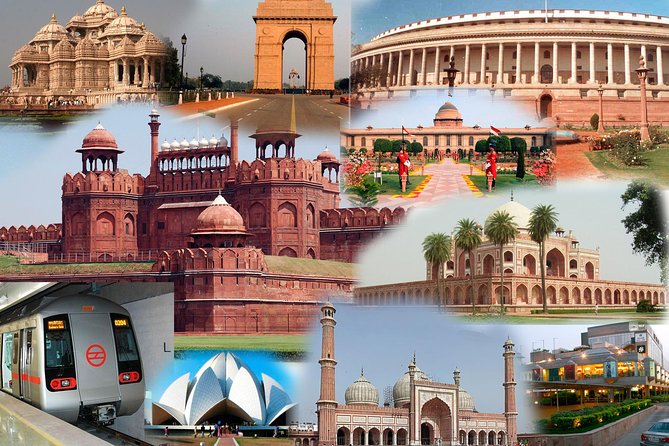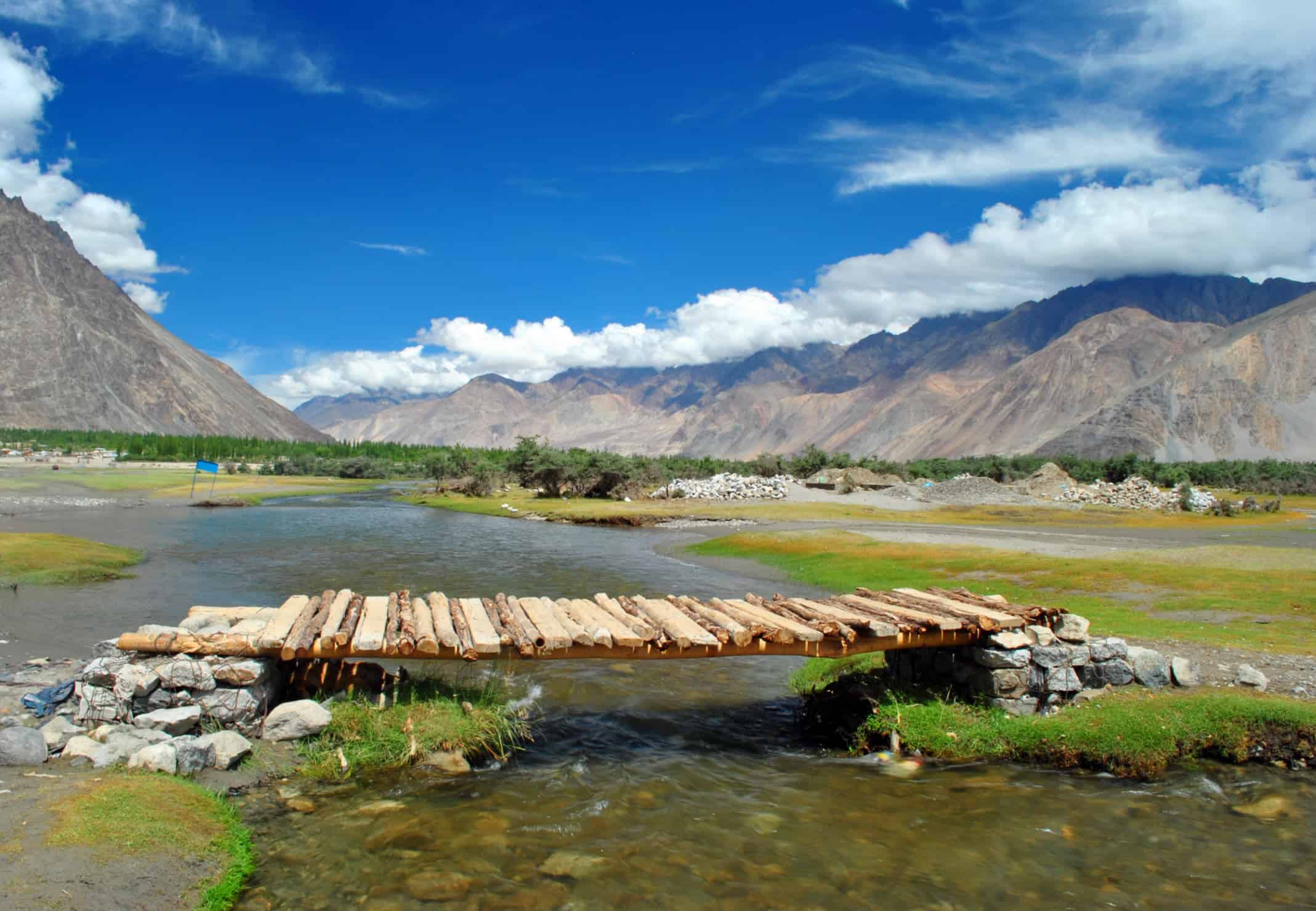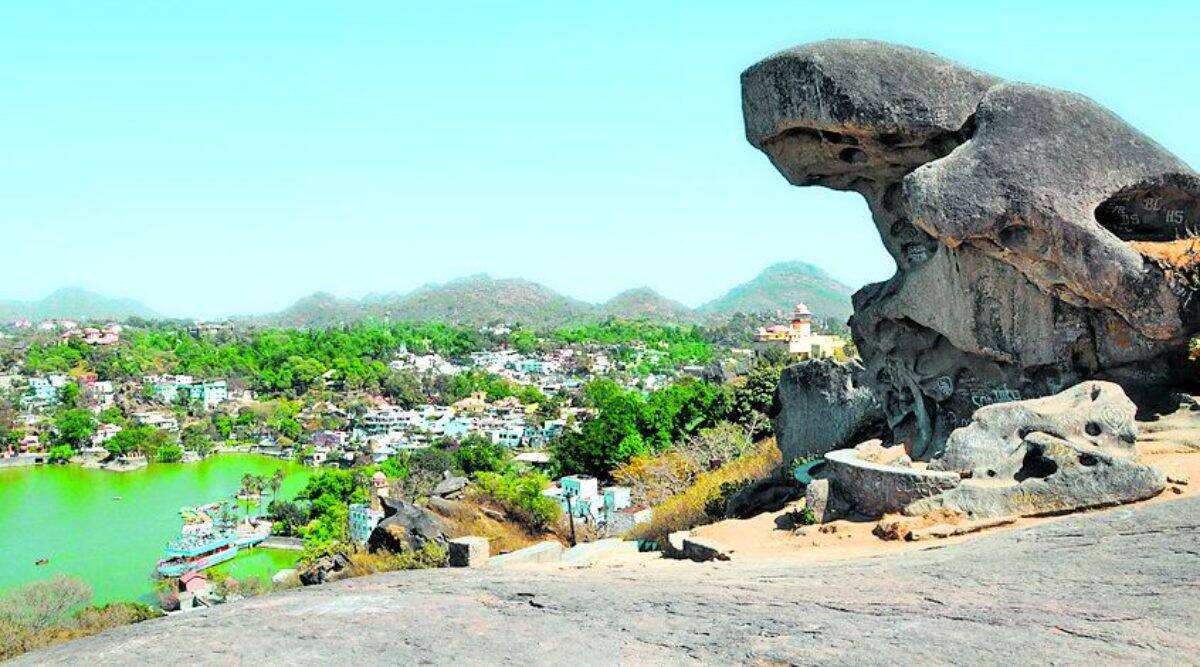Discover Fascinating Facts about Leh Palace in Ladakh

Strong 8k brings an ultra-HD IPTV experience to your living room and your pocket.
High in the mountains of Ladakh, overlooking the charming town of Leh, stands an ancient monument that tells tales of royalty, culture, and heritage—Leh Palace. Often compared to Tibet’s Potala Palace due to its similar architecture, this nine-story structure is a symbol of Ladakh’s glorious past. Built centuries ago, it continues to attract history lovers, travelers, and photographers from around the world. This article aims to provide detailed insights about Leh Palace, diving into its history, what lies within its walls, and why it continues to be a significant landmark in the Himalayas.
Leh Palace History: A Royal Residence from the 17th Century
Leh Palace was constructed in the 17th century by King Sengge Namgyal, a prominent ruler of Ladakh. The palace served as the royal residence for many years, showcasing the power and prestige of the Namgyal dynasty. Built using traditional Tibetan architecture, its towering presence on a hill gives it a commanding view of the Leh town and the surrounding Zanskar mountain range.
The palace was not just a home but also a hub for administration and culture. It played a crucial role during Ladakh’s period of independence before it was invaded in the 19th century. After the invasion by Dogra forces, the royal family was forced to abandon the palace and move to Stok Palace. Although much of the palace was damaged and left in ruins for a time, restoration efforts have revived its historical charm and allowed visitors to witness its past glory.
Architecture and Design of Leh Palace
The palace’s architecture is one of its most impressive features. Built of stone, wood, mud, and sand, Leh Palace showcases a strong yet simple design that has withstood the test of time. The structure has nine levels, with the upper floors once occupied by the royal family and the lower levels used for storage and stables.
Its windows and balconies offer panoramic views of the Leh valley and the nearby mountain ranges. Despite its age, the palace’s rooms, corridors, and stairways are well-planned, displaying the intelligence and foresight of ancient Ladakhi architecture. The grey mud walls blend beautifully with the surrounding landscape, giving the structure a natural, earthy appearance.
What You’ll Find Inside Leh Palace
Walking inside Leh Palace is like stepping into a time capsule. Though some parts have crumbled over time, many rooms still retain their original look. Visitors can see old wooden beams, prayer rooms, dark corridors, and open balconies that once witnessed royal discussions and ceremonies.
Inside Leh Palace, there are now several galleries and museum spaces showcasing ancient artifacts, thangka paintings, and everyday items used by the royal family. These displays provide a vivid picture of the cultural and spiritual life that once thrived here. Religious artifacts and manuscripts in Tibetan script are also preserved, reflecting the deep Buddhist roots of Ladakh.
One of the most striking elements is the presence of large murals and wall paintings that have managed to survive the passage of time. These works of art provide insight into Ladakh's artistic traditions and the blend of Tibetan and Indian influences that have shaped the region.
The Spiritual Side of the Palace
In addition to being a royal residence, Leh Palace also held spiritual significance. Many of its rooms were used for religious purposes, and monks often visited to conduct prayers and ceremonies. The palace is closely linked to the Buddhist traditions of Ladakh, and some areas still contain small prayer rooms with traditional Buddhist decorations and artifacts.
The proximity of nearby monasteries like Namgyal Tsemo Gompa adds to the spiritual aura of the location. From the palace rooftop, you can see the monastery perched even higher on the mountain, which offers a spiritual backdrop to the historical setting.
Visiting Leh Palace Today
Today, Leh Palace is managed by the Archaeological Survey of India and is open to tourists. Though time and weather have taken their toll, restoration work has helped preserve its core structure. A visit to the palace gives travelers a unique chance to walk through royal halls, enjoy spectacular views of Leh, and explore the region’s rich heritage.
Many visitors say that the climb to the palace and the views from the top are among the most memorable parts of their Ladakh journey. The palace is especially magical during sunset, when the golden light bathes the grey walls and the surrounding mountains in a warm glow.
Conclusion: Why Leh Palace Is a Must-Visit
For anyone curious about Leh Palace, it is more than just an ancient building. It’s a storyteller that echoes the voices of kings, monks, and artists from a bygone era. From its architectural brilliance to the treasures found inside Leh Palace, and the powerful legacy of Leh Palace history, this monument serves as a living museum of Ladakh’s royal and spiritual heritage.
Whether you're a history enthusiast, a cultural explorer, or simply a traveler drawn to the wonders of the Himalayas, Leh Palace offers a rewarding experience. Its blend of nature, architecture, and history makes it one of the most fascinating sites in India’s northernmost region.
Note: IndiBlogHub features both user-submitted and editorial content. We do not verify third-party contributions. Read our Disclaimer and Privacy Policyfor details.







